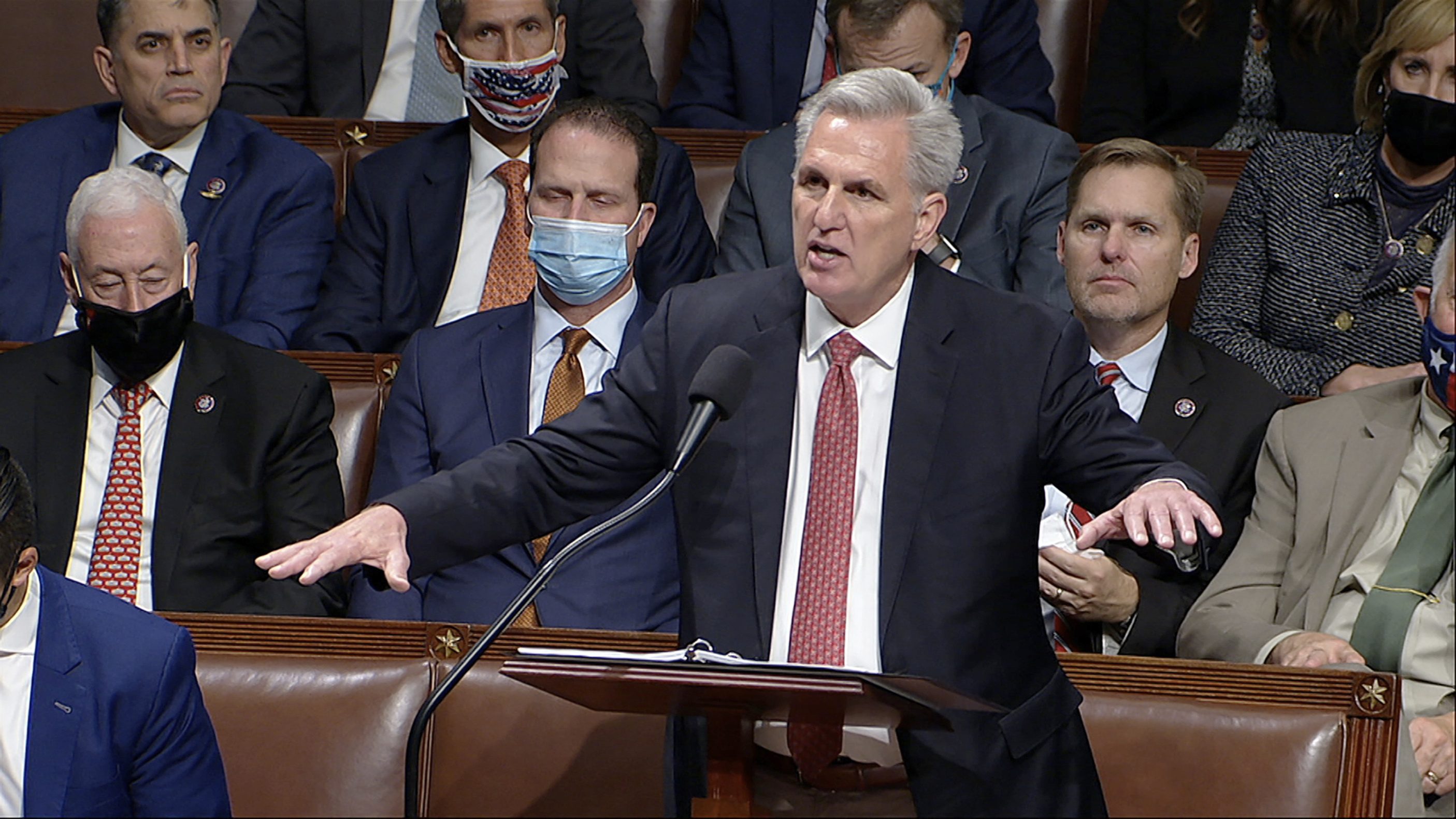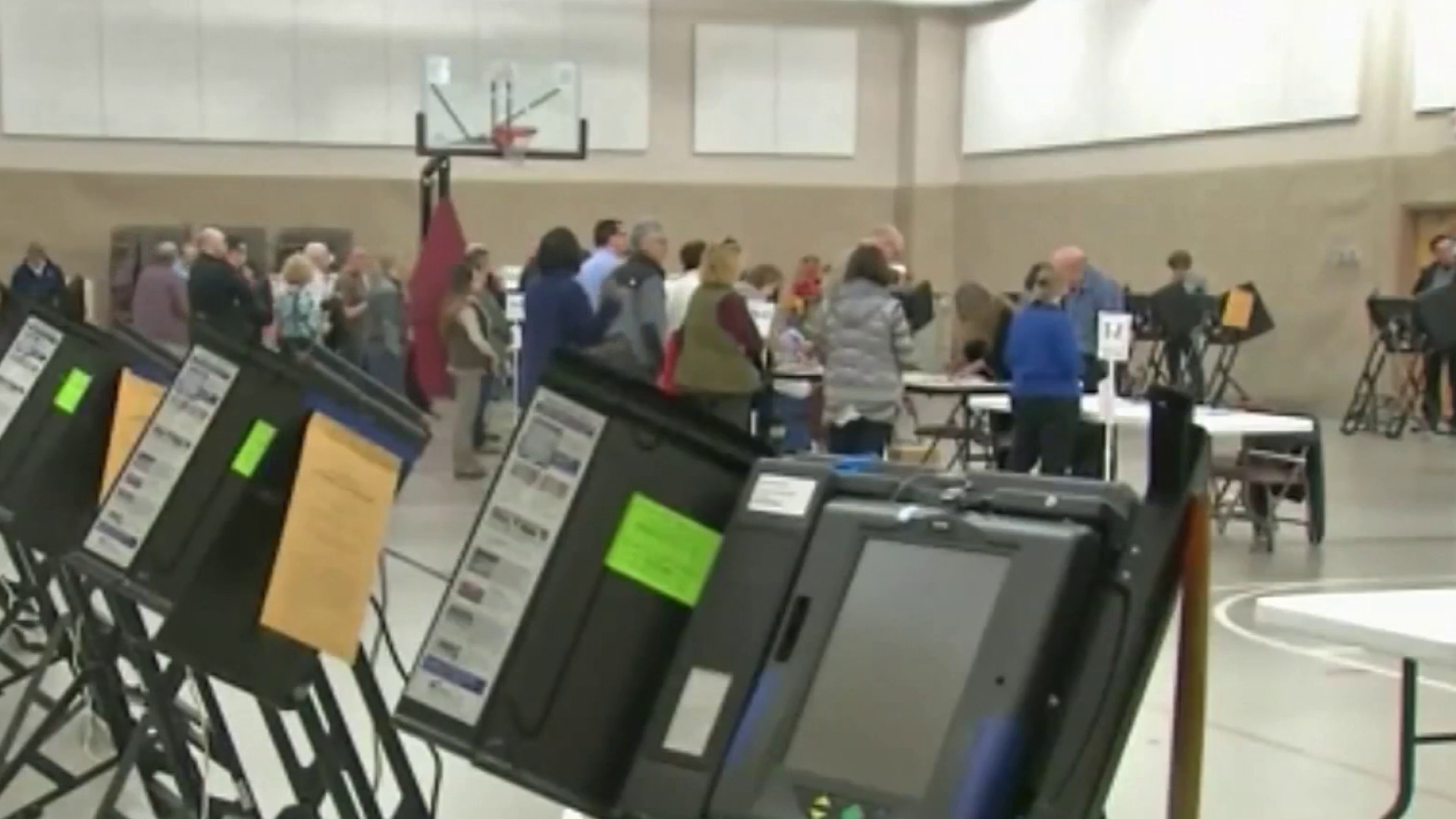After months and months of the ongoing debate over the various plans and proposals being considered in Washington D.C., it’s rare to see a new argument emerge.
But in an Oct. 30, 2021 appearance on MSNBC, U.S. Rep. Gwen Moore, D-Milwaukee, offered the case for supporting President Joe Biden’s Build Back Better plan.
"The framework is much more than a social safety net program," Moore said on "Velshi," an MSNBC program hosted by author and finance correspondent Ali Velshi. "I think these programs contribute as much to our growing economy as anything. What good is growth if we’re taxing our workers into poverty?"
Moore went on to say: "If you’re a low-wage worker and you’re single and don’t have children, we’re literally taxing you into poverty."
Get South Florida local news, weather forecasts and entertainment stories to your inbox. Sign up for NBC South Florida newsletters.
Is Moore right?
Doing the Math
When asked to provide backup for the statement, Moore’s office directed PolitiFact Wisconsin to a July 2020 report from the liberal Center on Budget and Policy Priorities.
PolitiFact
NBC 6 has partnered with PolitiFact to closely examine claims made by lawmakers
The report focused on a provision in the plan that would temporarily extend the Earned Income Tax Credit to about 17 million low-wage workers. The report said, in part:
"The federal tax code currently taxes about 5.8 million low-wage workers aged 19-65 into or deeper into poverty, because the payroll and (in some cases) federal income taxes they pay exceed any EITC they receive."
That’s generally on point, but does not cover the "single" and "no children" aspect of Moore’s claim. So, we reached out to other experts on the topic.
Let’s start with the terms involved and some basic data.
The Bureau of Labor Statistics, part of the U.S. Department of Labor, does not use the phrase "low-wage worker." However, the agency does publish an annual report and data on workers with hourly earnings at or below the prevailing Federal minimum wage.
According to the February 2021 BLS Report:
In 2020, 73.3 million workers age 16 and older were paid on an hourly basis, or about 55.5 percent of all workers. About 1.1 million of those, or 1.5 percent, were paid at or below the federal minimum wage of $7.25 an hour.
What’s more, according to the report, among workers paid an hourly wage, those who were single were more likely than married workers to earn the federal minimum wage or less.
And about 60 percent of those in the hourly-wage category worked in the hospitality industry, meaning bars, restaurants and food services. Low wages are common in these fields, in part because workers typically supplement their pay with tips.
When asked about Moore’s claim, Christopher Wimer, senior research scientist at Columbia University’s Center on Poverty & Social Policy, told us he would need more precise definitions for "low-wage," "worker" and even "single without children."
Since Moore’s statement did not address those details, Wimer, who conducts research on the measurement of poverty and disadvantage as well as historical trends in poverty, constructed his own measurement. He chose 2017 to 2019, because 2020 was an unusual year with COVID-19 job losses, stimulus payments and more.
He defined low-wage as being in the bottom quartile -- that is the bottom 25% -- of annual income from wage and salary income (among those with at least some wage and salary income, so a "worker"). Then he selected adults who lived with no other family members (including any children, so single with no children).
The bottomline: "For those folks, their poverty rates are indeed higher after you use after-tax income."
That is, about 49 percent fall under the poverty rate after taxes, but if you take out federal, state and payroll taxes, the figure would be more like 41 percent.
Elaine Maag, a principal research associate in the Urban-Brookings Tax Policy Center at the Urban Institute, said Moore's comment "is not only plausible, but in limited contexts -- true."
Maag pointed out that in 2020, the official poverty threshold for a single person under age 65 with no children in the home was $13,465. (For a married couple younger than 65 with no children, the threshold was $17,331.)
"If I select a household with income just above that threshold, you can see that after tax, their income will be below $13,465," Maag said.
Our Ruling
Moore said "If you’re a low-wage worker and you’re single and don’t have children, we’re literally taxing you into poverty."
Moore, in her statement, did not define the terms she was using, but experts we talked to were able to create plausible scenarios and found that -- in at least limited scenarios -- she is on target.
For a statement that is accurate but needs clarification or additional information, our rating is Mostly True.



